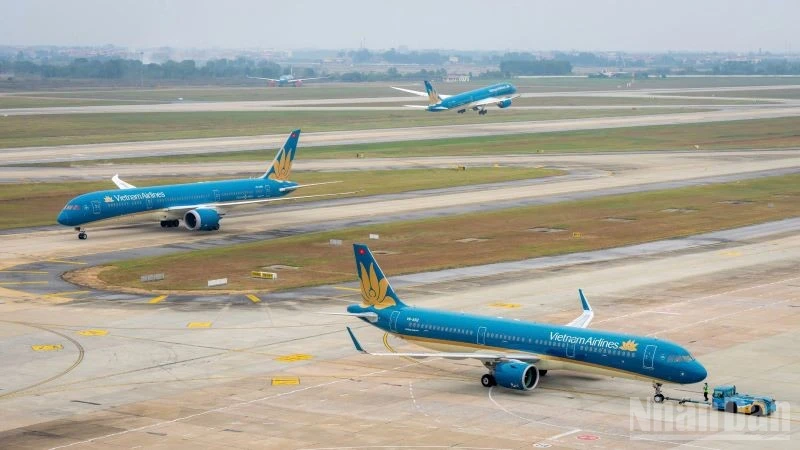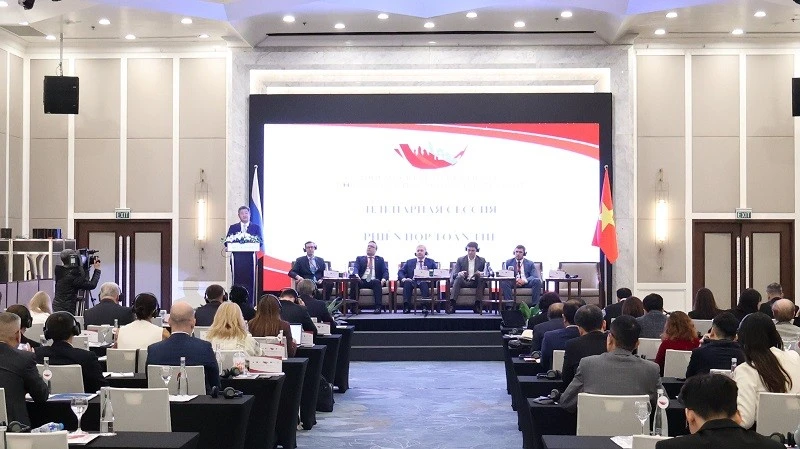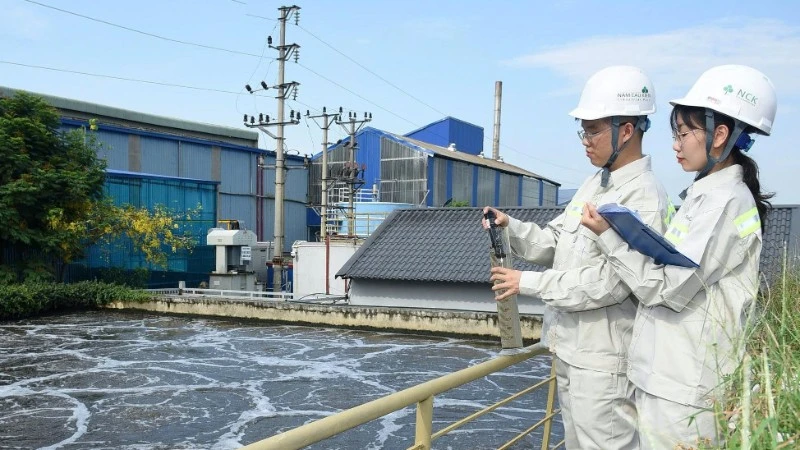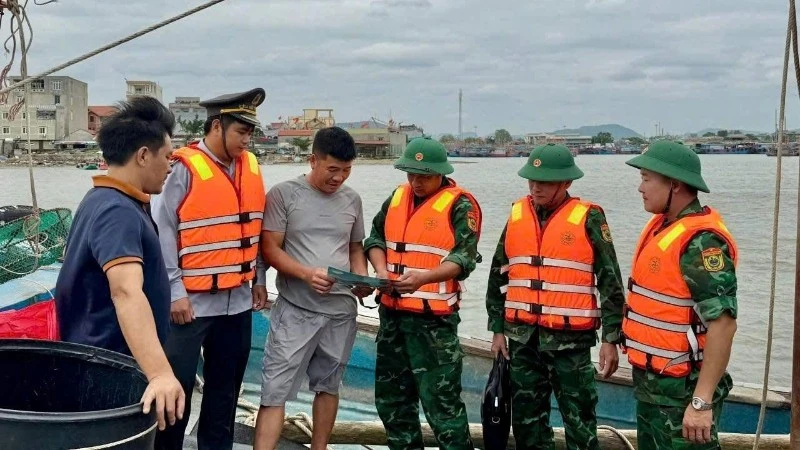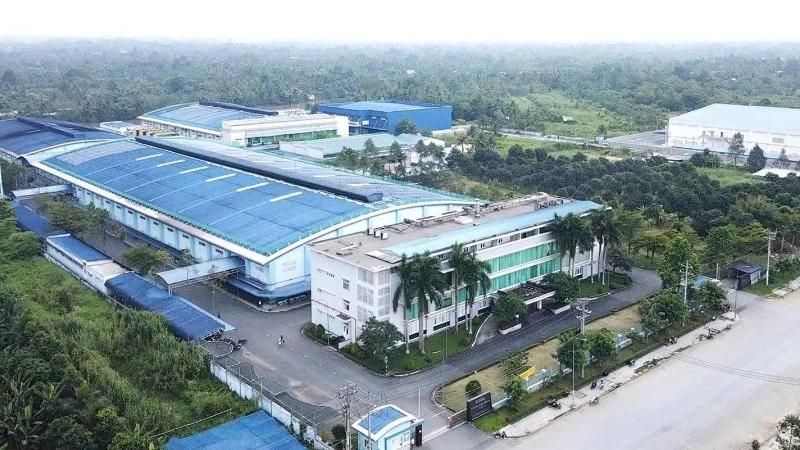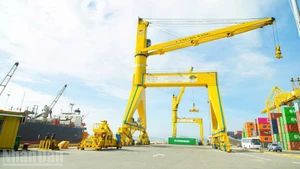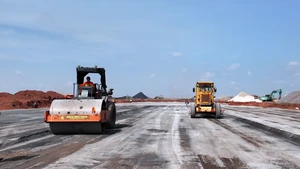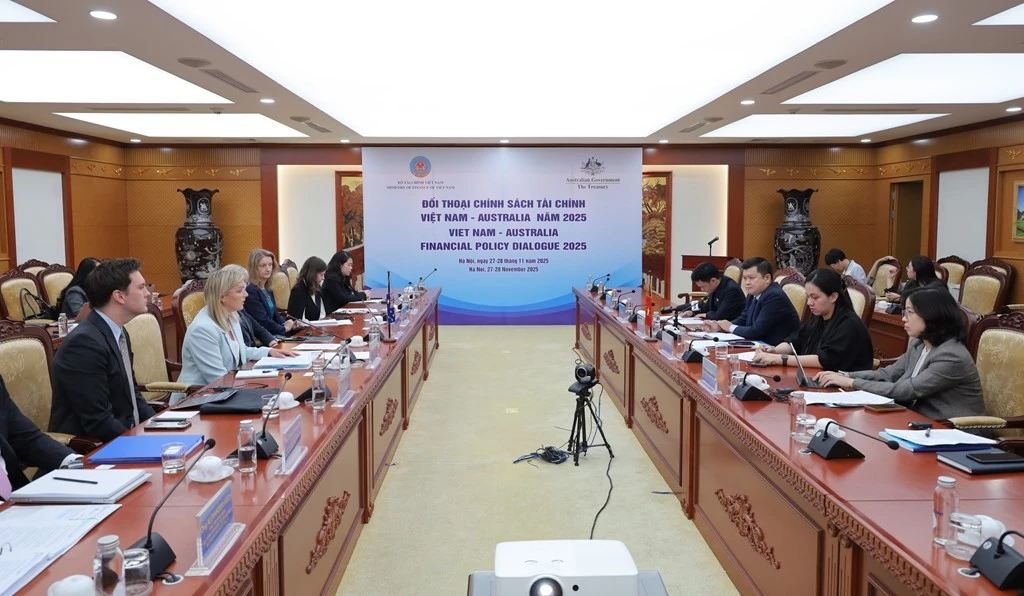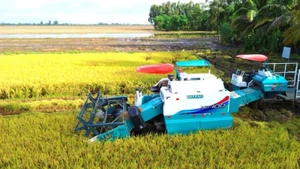Viet Nam's civil aviation industry has always played a role as a unique, modern, and advanced economic-technical field; an important bridge between Viet Nam and the region and the world.
Prime Minister Pham Minh Chinh once affirmed: “Wherever Viet Nam’s aviation flies, that is where Viet Nam’s soft borders expand.” Throughout its development, the aviation sector has continuously grown in scale, advanced in technology, synchronised its infrastructure, and become increasingly integrated into the global system.
Infrastructure investment and transport growth
Before the COVID-19 pandemic, Viet Nam’s aviation transport market enjoyed strong, sustained growth, averaging 14.3% annually in passenger traffic and 10% in cargo. Between 2020 and 2022, however, the aviation sector was severely impacted by the pandemic, with the market shrinking to less than 20% of 2019 levels. From 2023 onwards, thanks to timely government support and relief measures, the market has gradually recovered and rebounded sharply. By the end of this year, passenger volume is forecast to reach 84.1 million and cargo 1.4 million tonnes - representing increases of 6.3% in passengers and 7.6% in cargo compared with 2019.
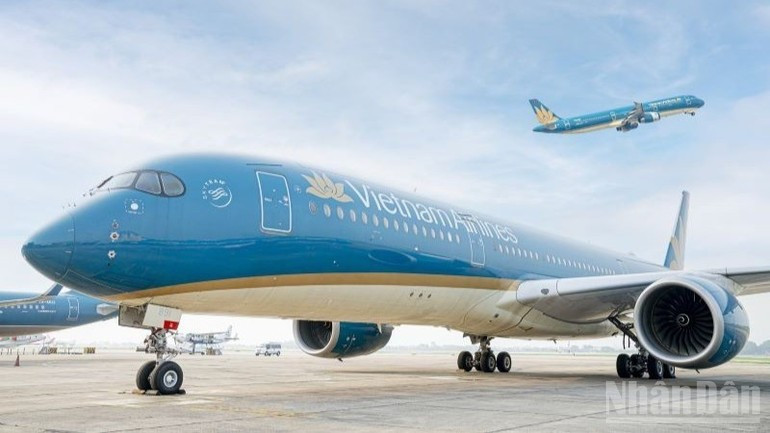
In terms of infrastructure, recent years have seen major investments, upgrades, and new projects: the construction of Van Don International Airport under a public–private partnership; the expansion and modernisation of Noi Bai, Tan Son Nhat and Da Nang international airports, among others. Currently, stakeholders are accelerating Phase 1 of Long Thanh International Airport, and moving forward with Quang Tri and Binh Thuan airports, as well as new projects in Gia Binh and Phu Quoc to serve APEC 2027. According to aviation experts, the airport system has largely kept pace with industry growth, contributing significantly to the nation’s economic and social development.
In just over five years, five new Vietnamese airlines have entered the market, raising the total to 13. The commercial fleet has expanded from 134 aircraft in 2015 to 254 in 2024, including modern models such as Boeing 787s, Airbus A350s, A321s, as well as Falcon, Gulfstream, and Agusta aircraft. The network now covers 52 domestic routes and 211 international ones.
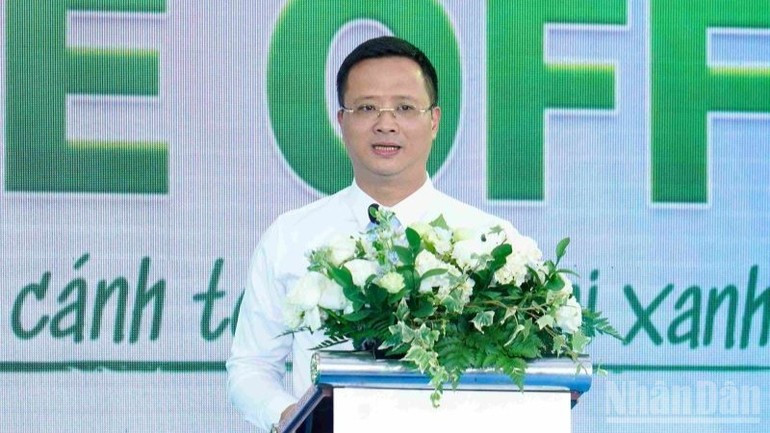
State management of aviation safety has always been a top priority. The Civil Aviation Authority of Viet Nam (CAAV) has achieved and maintained the US Federal Aviation Administration’s Category 1 rating, as well as ICAO standards for aviation authorities.
“In 2024, the International Civil Aviation Organisation (ICAO) conducted a comprehensive audit of Viet Nam’s CAAV. The country achieved an average effective implementation score of more than 78%, exceeding ICAO’s Global Aviation Safety Programme target of 75%. Over nearly 30 years, Viet Nam’s civil aviation has recorded no accidents, and the service of state flights has been ensured with absolute safety and security,” stressed Uong Viet Dung, Director General of the Civil Aviation Authority of Viet Nam.
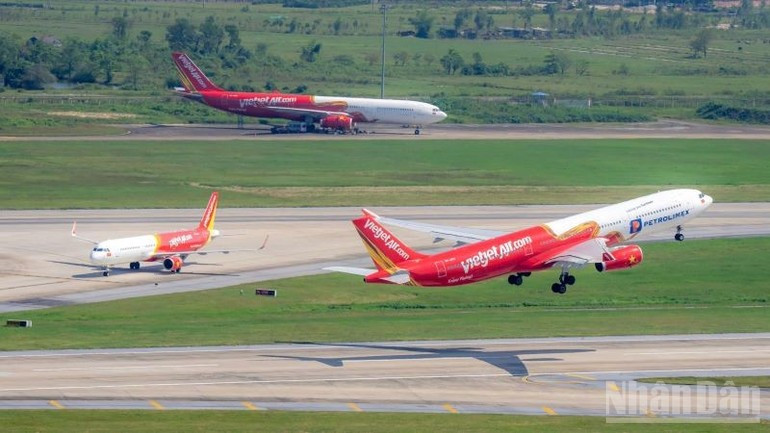
Nevertheless, Dung candidly acknowledged that Viet Nam’s civil aviation sector still faces limitations that must be addressed to prepare for the next phase of development. Institutional and policy frameworks remain slow to adapt, lacking breakthroughs to meet socio-economic and industry needs. Planning and investment in airport infrastructure remain inconsistent, connections with other transport modes are limited, and private investment in airport infrastructure is still modest.
“Although several new airlines have entered the market, most remain small in scale, with limited financial capacity, technology, and human resources—making them vulnerable to macroeconomic volatility, natural disasters, and epidemics. Viet Nam also faces fierce competition for destinations from regional rivals such as Thailand, Singapore, and Malaysia. Meanwhile, cooperation between units and enterprises in the sector is still loose, lacking long-term strategic vision and a sense of shared community,” Dung observed.
Reaffirming a development vision
In the new stage of development, alongside opportunities and advantages, the aviation sector recognises it must confront numerous challenges: rapidly changing and complex global and regional dynamics, increasingly severe climate change, natural disasters and epidemics, and intensifying strategic competition between nations and airlines. The major strategic orientations of the Party and State in recent years have been providing a crucial political foundation, a powerful driving force, and a guiding compass for the aviation industry to reset its development vision, accelerate investment in modern, synchronised infrastructure, and strive to become a strategic, modern industry with regional and international competitiveness. The target is to achieve double-digit annual growth in air transport, ranking among the top in the Asia-Pacific region.
Accordingly, the industry will continue to innovate and perfect its institutions and policies for sustainable development, translating the Party and State’s directives into law, refining the civil aviation regulatory framework, fulfilling Viet Nam’s international commitments, and strengthening the effectiveness of state management in civil aviation. A key priority is completing revisions to the Law on Viet Nam Civil Aviation and related decrees, ensuring a clear and transparent legal corridor that facilitates participation from all economic sectors in airport investment and business. At the same time, greater decentralisation and empowerment will be granted to localities in managing airport infrastructure development.
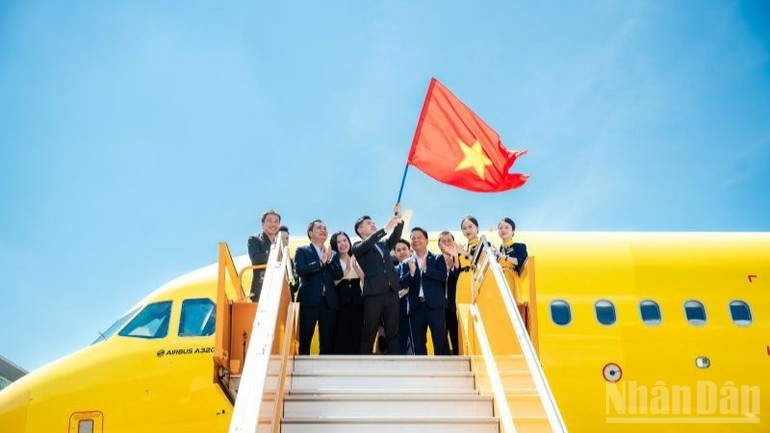
Alongside fleet growth, the sector aims to build modern and synchronised infrastructure with long-term vision. Major international aviation hubs are to be developed in Ha Noi and Ho Chi Minh City, while airports will be established in remote, mountainous, and newly merged localities to stimulate socio-economic development, strengthen regional connectivity, and expand international links. “By 2030, we aim to raise total airport throughput capacity to 300 million passengers - 2.5 times higher than in 2025 - and to establish two large, modern international airports with four runways each at Long Thanh and Gia Binh,” said Uong Viet Dung.
The industry will also accelerate digital transformation, harnessing advanced technologies such as artificial intelligence (AI), the Internet of Things (IoT), big data, cloud computing, automation and biometrics to optimise management, monitoring and operations, enhance safety and efficiency, and personalise passenger experience with improved service quality. Another key element of the strategy is to elevate Vietnamese carriers to modern, professional standards capable of competing internationally. By 2030, airlines aim to operate fleets exceeding 400 modern aircraft, develop dedicated cargo airlines, and expand international routes - particularly intercontinental services to and from major hubs such as Noi Bai, Gia Binh, Long Thanh, Tan Son Nhat, and Phu Quoc.
“Developing high-quality human resources is also considered an urgent requirement, especially to ensure effective state management and aviation safety oversight. The sector will establish an advanced and efficient national aviation safety system, based on a modern and unified model capable of thoroughly identifying, analysing and managing risks; strengthen regional–sectoral linkages; and develop a comprehensive aviation services ecosystem, gradually shaping and expanding the low-altitude aviation economy,” Uong Viet Dung emphasised.
